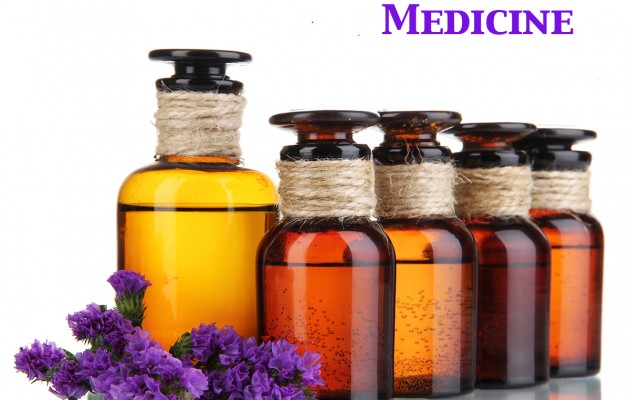Why Essential Oils + Important Safety Measures
ESSENTIAL OILS ARE THE CURRENCY OF AROMATHERAPY
Essential oils are just that…essential liquids inside a plant that deliver the nutrients and oxygen through the stems and leaves. Consider it analogous to our blood. Without it neither plant life or human life would exist. Essential oils are the aromatic, volatile liquids that can be extracted by careful steam distillation. By doing so, they become extremely concentrated. There may be more than a hundred chemical compounds in a single essential oil. It is that fingerprint which gives each oil unique properties and benefits. Therapeutic essential oils are qualitatively superior to others that do not undergo strict quality control during harvesting, distillation and bottling. We all know that “natural” is a very overused term that implies “health and wholesomeness”. Really, road-kill is natural but would you serve it up? It has been my experience that the care and expertise placed upon the formulation of essential oils that we expect to use for therapeutic purposes is paramount.
Not all oils are created equal, at least not by man.
Come to think of it, not by nature either. You see, the nutrient condition of the soil, temperature variability, hydration status, sun conditions, altitude and many more factors determine nature’s end product. Now, take into consideration how the oil is further processed once we humans get our hands on it and multiple outcomes are possible. Nature however has a few tricks up her sleeve to promote the viability of the plant kingdom.
Many essential oils are naturally antiviral, antibacterial, and antifungal.
The multitude of compounds in the oils exert these functions. More interesting, is the fact that the essential oils continue to maintain their antimicrobial status no matter how sneaky those little buggers and viruses seem to get. Try that in the laboratory with pharmaceutical antibiotics.
Resistant strains of bacteria pop up all the time against the powerful drugs designed to knock them out cold. Each pharmaceutical “lot” is manufactured like clones. The “bacterial bad boys” probably have conventions to discuss which Big Pharma they’ll go after next month. Now, please don’t think I’m against antibiotics, antivirals or medications for that matter. Western medicine has saved countless lives with innovation and treatments. But, in the medical profession prescription antibiotics are overprescribed which only contributes to the rampant resistance in strains of bacteria. MRSA ring a bell?
How do we verify the quality of an essential oil?
Whether its purpose is for relaxation, combating stress or for its antibacterial properties, how can we choose?
1. A most disconcerting fact is that manufacturers DO NOT have to place the names of additives or diluents mixed with essential oils on their labels. “Natural” identical oils DO NOT smell like the plant.
Unfortunately, many oils are adulterated, impacting human health. Diethyl phthalate (DEP) is a common diluent often added to essential oils. It is also used in the plastic industry to make plastics more flexible and is linked to endocrine disruption. And remember, you won’t see that on the label. Additives decrease the cost of the oil in the market place but at what cost to us? Truly therapeutic unadulterated essential oils are extracted from organically grown crops and producers support sustainable farming techniques.
2. The distillation process should be slow, with low temperature steam and pressure. No additives are used in the final product. Single oil blends are mixed with organic carrier oils to make them homogeneous. Blends create synergy! The end product of the distillation should be tested by gas chromatography and mass spectrometry. This will provide the data about the percentages of each constituent compound in the oil. That information gives us its potency.
Unfortunately many oils are adulterated in the United States. Labeling does not tell the whole picture. Reaching out to the company and requesting the ingredient list including any additives, along with the method of extraction may give you the answers to discern its quality.
Why Young Living Essential Oils
I have used Young Living (YL) oils exclusively for the past 5 years. I have tested the results of many other brands but have not found the consistent beneficial results that I see daily with YL. I have also personally verified the purity of Young Living oils. I spent a week working on the YL farm in St. Maries, Idaho and witnessed the care in growing, distilling and preparing the oils. (I recommend driving a tractor at least once in your life).
This same attention to detail is provided in the production of all oils Young Living makes whether it is sourced domestically or internationally. My hope for you in your journey using essential oils and implementing aromatherapy to enhance your life is that you take the time to smell the difference while you smell the roses.
* The entire contents of this website are for informational purpose only. it is not intended to treat, diagnose, cure or prevent disease. The information on this has site has not been reviewed by the FDA. Always consult a qualified health care professional for medical advice and health care decisions.
If you want to use an article on your site, that’s great! Here’s what you must include:
Anne Meyer is medical doctor of physical medicine and rehabilitation specializing in optimizing health through nutrition, exercise and integrative treatments. She uses her in-depth knowledge in complementary health and traditional medicine to develop the most effective treatments for her patients health and well-being.






Let’s Connect!